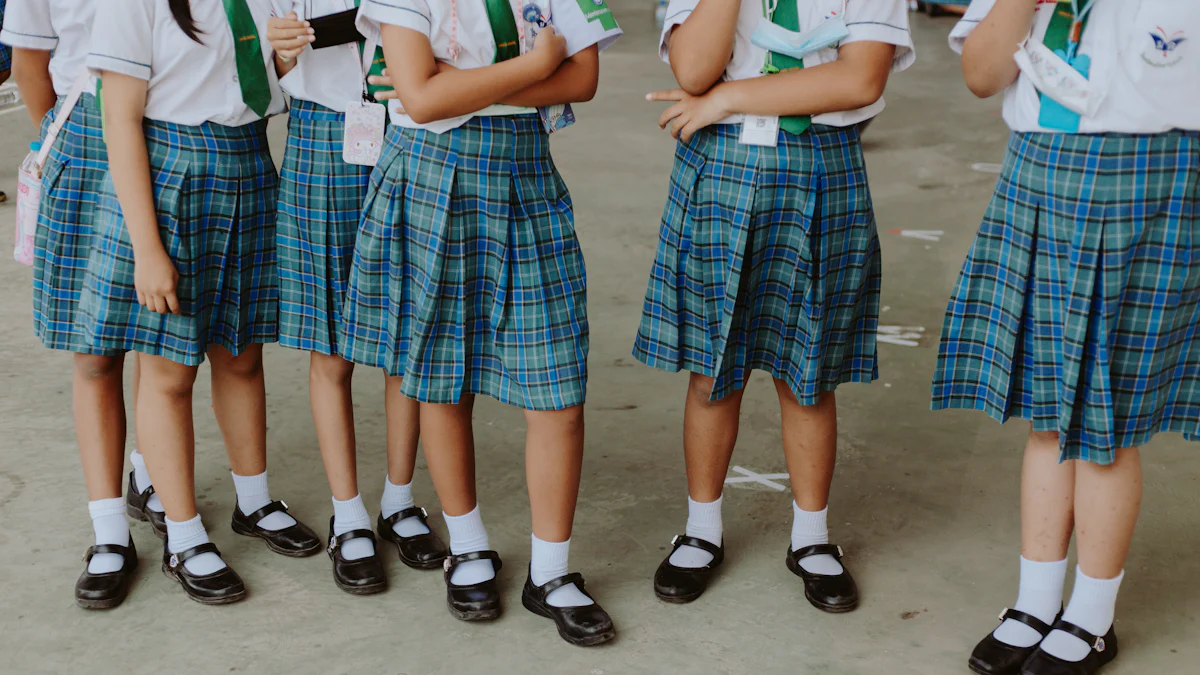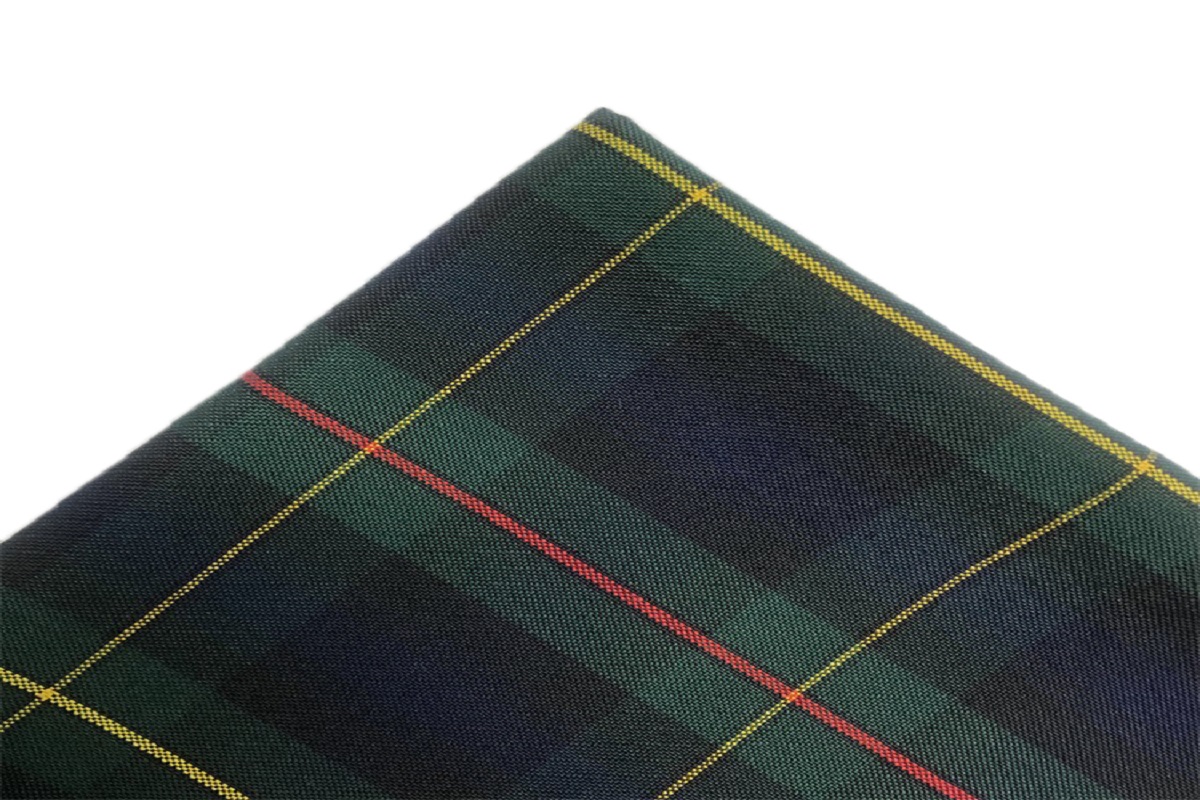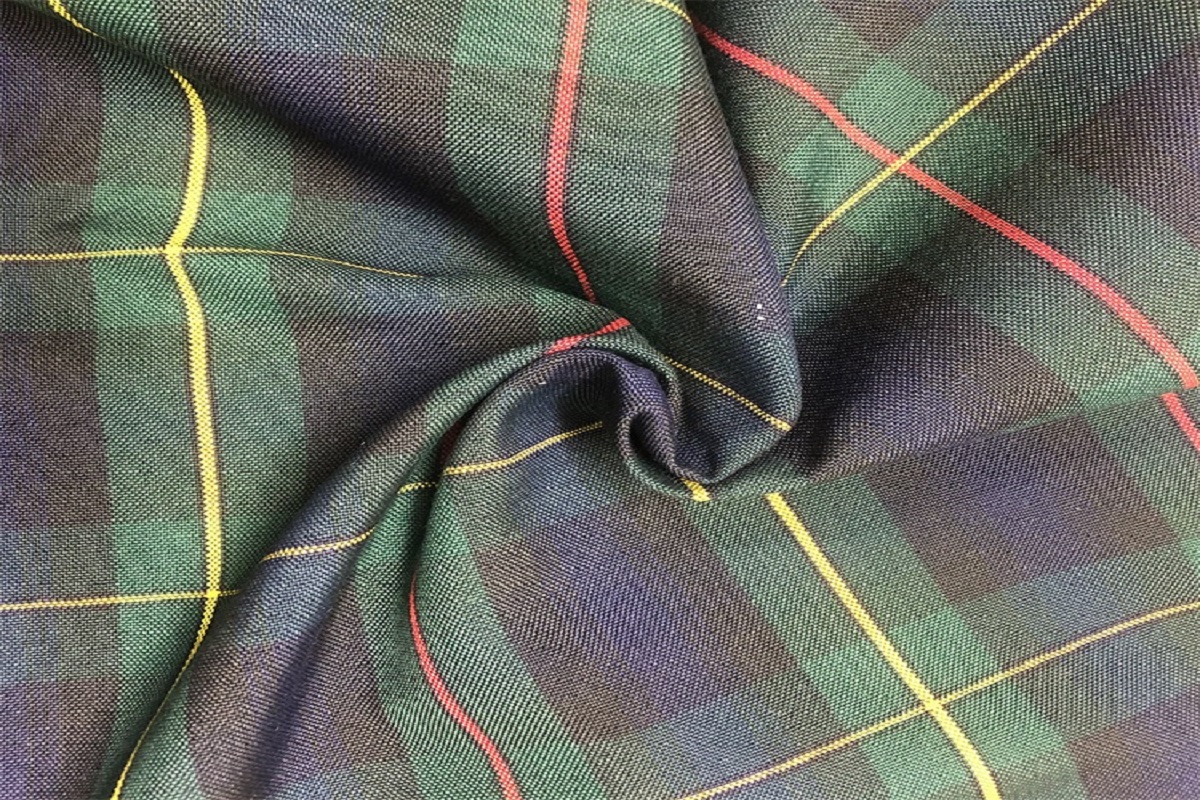What Makes the Best School Uniform Skirt Fabric?

Choosing the right school uniform skirt fabric is essential. I always recommend materials that combine practicality and style. Polyester fabric for school uniform skirts offers durability and affordability. Yarn dyed plaid fabric adds a classic touch. School uniform plaid fabric manufacturers often prioritize these qualities to meet the demands of schools and parents alike.
Key Takeaways
- Choose durable fabrics like polyester blends and twill to ensure school uniform skirts withstand daily wear and tear, saving money on replacements.
- Opt for comfortable materials such as cotton-polyester blends that promote breathability and moisture-wicking, helping students stay focused and comfortable throughout the school day.
- Select low-maintenance fabrics like 100% polyester or wrinkle-resistant blends to simplify laundry routines for busy families, ensuring uniforms look neat with minimal effort.
Durability: Essential for School Uniform Skirt Fabric
Why durability is crucial for daily wear
Durability plays a vital role in selecting school uniform skirt fabric. Students wear these skirts daily, often engaging in activities that test the fabric’s strength. From sitting in classrooms to running during recess, the material must withstand constant movement and friction. I have seen how quickly low-quality fabrics can tear or wear out, leading to frequent replacements. A durable fabric ensures the skirt maintains its shape and appearance throughout the school year, saving parents from unnecessary expenses. It also reduces waste, making it a more sustainable choice.
Durable fabric options: Polyester blends and twill
When it comes to durability, polyester blends and twill fabrics stand out. Polyester blends, with their tightly interwoven fibers, offer exceptional tensile strength and abrasion resistance. This makes them ideal for handling the rigors of daily school life. Twill fabrics, on the other hand, provide better tearing strength due to their unique diagonal weave. While twill may not match the abrasion resistance of polyester blends, its structural characteristics make it a reliable option for school uniforms. I often recommend polyester blends for their balance of durability and affordability, but twill remains a great choice for those seeking a softer texture with adequate strength. Both options ensure that the school uniform skirt fabric can endure the demands of active students while maintaining a polished look.
Comfort: Key to Student Satisfaction
The importance of breathable and soft fabrics
Comfort is a non-negotiable factor when selecting school uniform skirt fabric. I have observed that students perform better when they feel at ease in their clothing. Breathable fabrics allow air circulation, preventing overheating during long school hours. Soft materials reduce the risk of skin irritation, which is especially important for younger students with sensitive skin.
I always recommend fabrics that wick moisture away from the skin. This feature keeps students dry and comfortable, even during physical activities or in warmer climates. A fabric that feels light and smooth against the skin can make a significant difference in a student’s day. When students feel comfortable, they can focus better on their studies and extracurricular activities.
Comfortable choices: Cotton-polyester blends and lightweight materials
Cotton-polyester blends are my go-to recommendation for comfort. These blends combine the softness of cotton with the durability of polyester, creating a balanced fabric that feels good to wear. The cotton component ensures breathability, while the polyester adds strength and wrinkle resistance. This combination makes it ideal for school uniforms.
Lightweight materials, such as rayon or certain polyester weaves, also work well for school uniform skirt fabric. These fabrics drape nicely and provide a smooth texture, enhancing both comfort and appearance. I often suggest these options for schools in warmer regions, where staying cool is a priority. By choosing these fabrics, schools can ensure students remain comfortable throughout their busy days.
Maintenance: Simplifying Care for Busy Families
Benefits of easy-to-clean fabrics
I know how busy families can get, especially during the school year. Parents often juggle work, household responsibilities, and their children’s activities. That’s why I always emphasize the importance of easy-to-clean fabrics for school uniforms. A fabric that resists stains and doesn’t require special washing instructions can save families significant time and effort.
Fabrics that dry quickly and don’t shrink after washing are particularly helpful. These features reduce the need for ironing or replacing garments frequently. I’ve noticed that parents appreciate materials that maintain their color and texture even after multiple washes. This ensures the school uniform skirt fabric looks neat and professional throughout the year.
Low-maintenance options: 100% polyester and wrinkle-resistant blends
For low-maintenance options, I often recommend 100% polyester and wrinkle-resistant blends. Polyester is a standout choice because it resists wrinkles, stains, and fading. It’s also machine washable, which makes it incredibly convenient for families. I’ve seen how well polyester skirts hold up after months of wear and washing.
Wrinkle-resistant blends, such as polyester-cotton combinations, offer additional benefits. These blends combine the durability of polyester with the softness of cotton. They require minimal ironing and retain their shape well. I find these fabrics ideal for parents who want a balance between practicality and comfort. By choosing these options, families can simplify their laundry routines while ensuring their children look polished every day.
Cost-Effectiveness: Balancing Budget and Quality
How affordability impacts fabric selection
Affordability plays a significant role in choosing the right school uniform skirt fabric. Families often need to purchase multiple uniforms, which can strain their budgets. I have seen how cost-effective fabrics help parents manage these expenses without compromising quality. Schools also benefit from affordable options, as they can standardize uniforms for all students while keeping costs reasonable.
When selecting fabric, I always consider its long-term value. A cheaper material may seem appealing initially, but frequent replacements due to wear and tear can increase costs over time. Durable fabrics, even if slightly more expensive upfront, save money in the long run. They reduce the need for frequent purchases and ensure students look presentable throughout the school year.
Budget-friendly fabrics: Polyester and polycotton blends
Polyester and polycotton blends are excellent choices for budget-conscious families. These fabrics combine affordability with durability, making them ideal for school uniforms. I often recommend polyester because it withstands daily wear and frequent washing. Its resistance to stains and wrinkles also simplifies maintenance, saving time and effort for busy parents.
Polycotton blends offer a balance of comfort and cost-effectiveness. The cotton component adds softness and breathability, while the polyester ensures strength and longevity. These blends provide a polished appearance, which is essential for school uniforms. Families appreciate how these fabrics maintain their quality over time, reducing the need for replacements.
Choosing polyester or polycotton blends ensures families get the best value for their money. These fabrics meet the demands of daily school life while staying within budget.
Appearance: Enhancing Style and Presentation
The role of patterns and textures in school uniforms
Patterns and textures play a significant role in defining the visual appeal of school uniforms. I have observed that schools often choose designs that reflect their values and traditions. Patterns like tartan, plaid, and checkered are particularly popular due to their timeless appeal and versatility. These designs not only enhance the aesthetic of the uniform but also create a sense of identity among students.
Textures also contribute to the overall presentation. Smooth, wrinkle-resistant fabrics provide a polished look, while slightly textured materials like twill add depth and character. I always recommend selecting patterns and textures that balance style with practicality. A well-chosen design can elevate the appearance of the school uniform skirt fabric, ensuring students look neat and professional throughout the day.
| Pattern/Texture Type | Description |
|---|---|
| Tartan | Traditional Scottish pattern often used in school uniforms. |
| Plaid | A classic design featuring crossed horizontal and vertical bands in two or more colors. |
| Checkered | A pattern consisting of squares formed by the intersection of horizontal and vertical lines. |
Popular styles: Plaid patterns and plain textures
Plaid patterns remain a favorite choice for school uniforms. They evoke a sense of tradition and nostalgia, connecting students to a broader community and history. I have seen how this connection fosters school spirit and camaraderie, which are essential for creating a professional and unified environment. Plaid skirts, in particular, stand out for their ability to blend style with functionality.
Plain textures, on the other hand, offer a minimalist and modern look. They work well for schools aiming for a clean and understated appearance. I often suggest plain textures for schools that prioritize simplicity without compromising professionalism. Both plaid patterns and plain textures provide unique advantages, allowing schools to tailor their uniforms to their specific needs and values.
The best school uniform skirt fabric balances durability, comfort, maintenance, affordability, and style. Parents and schools often prioritize fabrics that withstand daily wear, feel soft, and resist wrinkles. Options like 100% polyester and cotton-polyester blends meet these needs while maintaining color and texture after multiple washes. Plaid patterns add a timeless, polished look. However, I encourage considering the environmental impact of polyester, as its production and washing release pollutants. Recycled polyester offers a more sustainable alternative, though challenges remain. By focusing on these qualities, schools can ensure students feel confident and comfortable every day.
FAQ
What is the best fabric for jumper plaid skirts?
I recommend polyester-cotton blends. They combine durability, comfort, and easy maintenance. These fabrics hold patterns like jumper plaid well, ensuring a polished and professional look.
How do I maintain the appearance of skirt plaid fabrics?
Wash skirt plaid fabrics in cold water to preserve colors. Use a gentle cycle and avoid harsh detergents. Iron on low heat to maintain a crisp appearance.
Are there eco-friendly options for school uniform fabrics?
Yes, recycled polyester offers a sustainable alternative. It retains durability and reduces environmental impact. I suggest schools explore this option for a greener uniform solution.
Post time: Jan-10-2025


